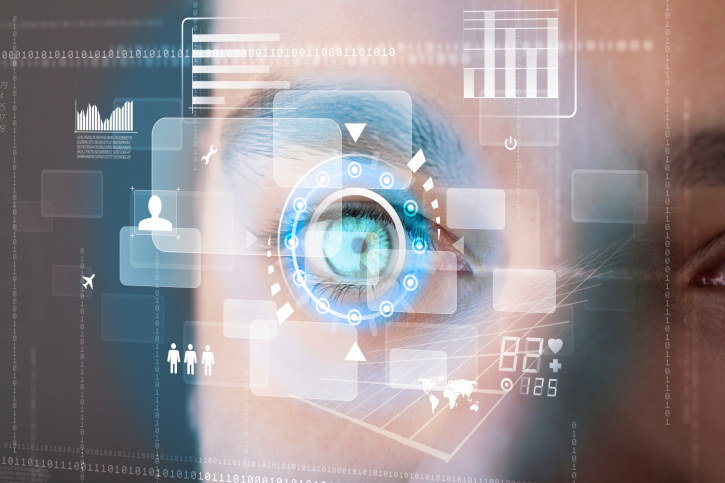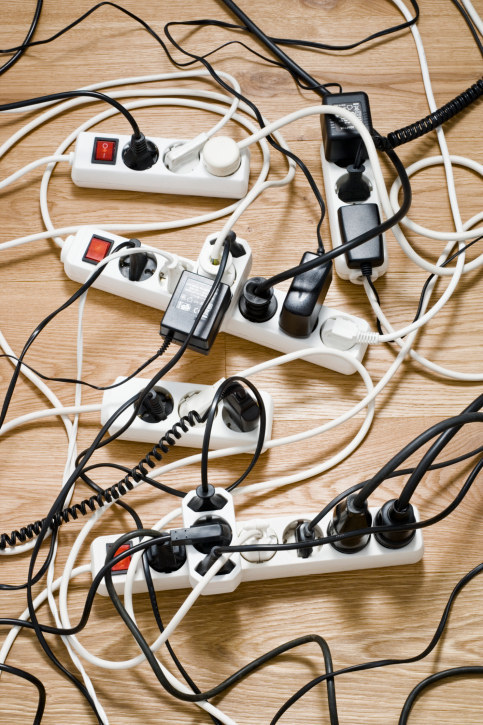1. Traffic Jams
2. Physical Credit Cards
3. Headphones

4. Plasters
5. Delivery People
6. Remote Controls
7. Passwords

8. Physical Media
9. Wired Chargers

10. Phone Towers

The future is a utopia without traffic jams.
It's currently looking like the first driverless cars will hit the market in 2020. The reality of completely driverless cities is not too far off, either, and when those do come about, you can say goodbye to traffic jams.
Credit isn't going anywhere, but those plastic cards are. Paying for things using phones and wearables is increasing, and, eventually, it's predicted we'll switch over entirely to digital payment methods.

OK, so, headphones probably aren't going anywhere soon, but headphones as we currently know them might be.
USB audio is where headphones connect through USB/lightning ports instead of the jack ports we currently use. This will mean phones can get even thinner, and that headphones can draw power directly from a phone rather than needing to be charged.
Low-level laser pens that can seal incisions should be available within the next few years, meaning we should be able to heal wounds as they happen, with less scarring than you'd get with stitches.
An increasing number of companies are already experimenting with using drones to deliver packages, among other things. Given the increasing need for speedy, cheap delivery methods, it's pretty safe to say that delivery drones will eventually become far more commonplace.
No more losing the remote down the back of the sofa. Thanks to the Internet of Things and wearables, it's predicted that an extra 17.6 billion devices will be connected to the internet by 2020. By then, building hardware whose only function is to act as a remote control will no longer make any sense.

The rise of biometrics – i.e. fingerprints, face, and voice recognition – on phones, means that passwords are on the way out. This is probably a good thing, considering 1 in 3 people use weak and unsafe passwords.
Storing files on the cloud and being able to stream content whenever you want is way more convenient than using physical items like USB sticks and CDs to store files. As storage for mobile devices increases alongside faster internet speeds, physical media is probably going to suffer a massive decline in usage within the next 10 years.

Some of us are already starting to use wireless chargers for our devices, but the infrastructure isn't here yet for it to go into mass usage. But it's estimated that it will only take a few more years to develop, so it won't be long before we can say goodbye to tangled wires and adaptors.

Eventually, our phones will be able to communicate with each other without the use of phone towers, and this technology already exists for a limited range of 500 metres. Once it develops even further, our phones will be able to add to cellular networks, bettering signal strength, and making phone towers obsolete.
The Internet of Things is the idea that everyday objects, like clothes, cars, and household equipment, will soon all become "smart" and connected to the internet. Once this is reality, the concept of "offline" and "logging off" will no longer make sense, as pretty much everything and everyone we interact with will be connected – all the time.